According to a new supply chain rumored published on Monday, Apple's fifth-generation iPad mini is expected to look the same as the iPad mini 4 design.
iPad mini 5 may look identical to the iPad mini 4 design
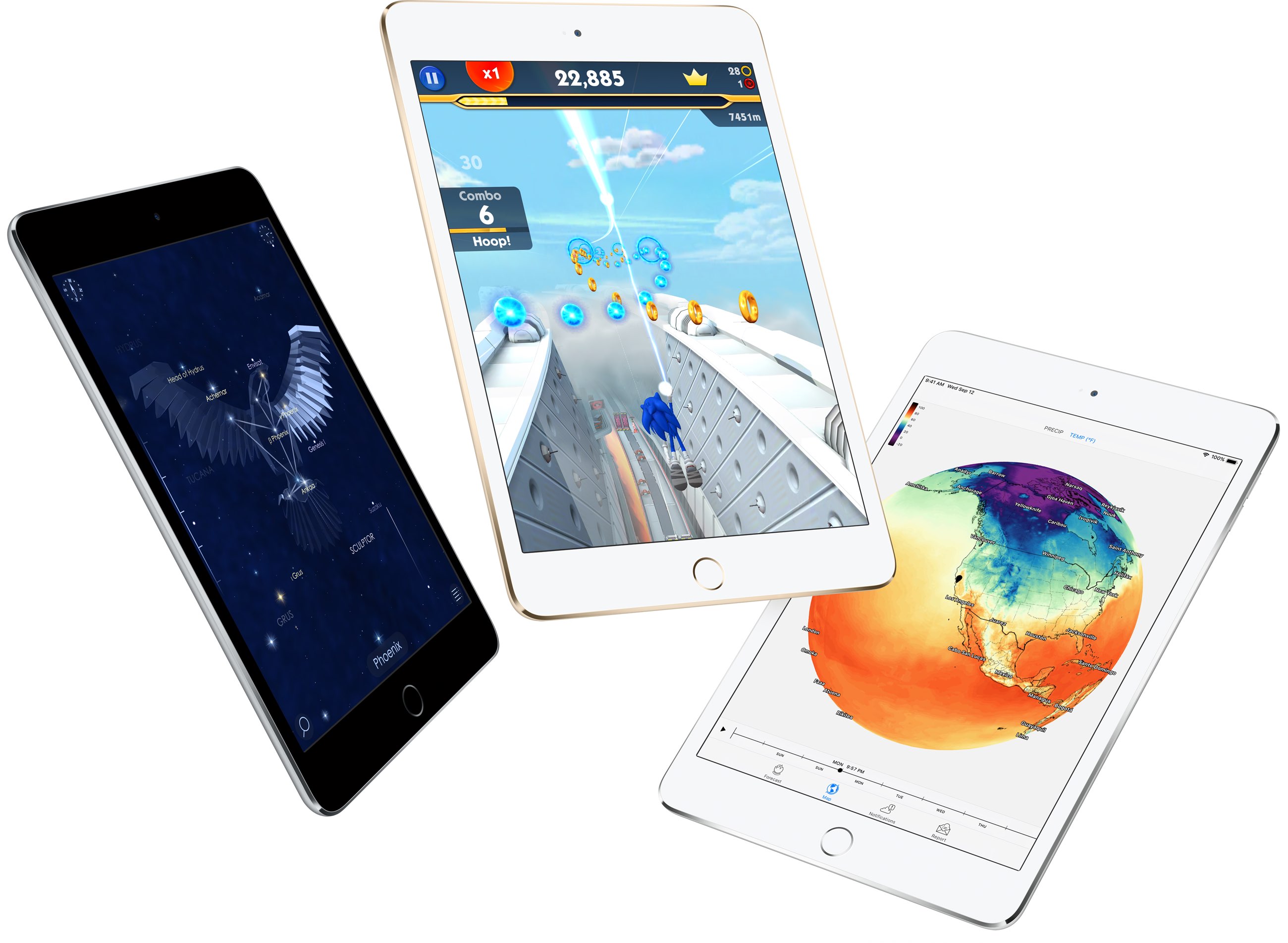

According to a new supply chain rumored published on Monday, Apple's fifth-generation iPad mini is expected to look the same as the iPad mini 4 design.
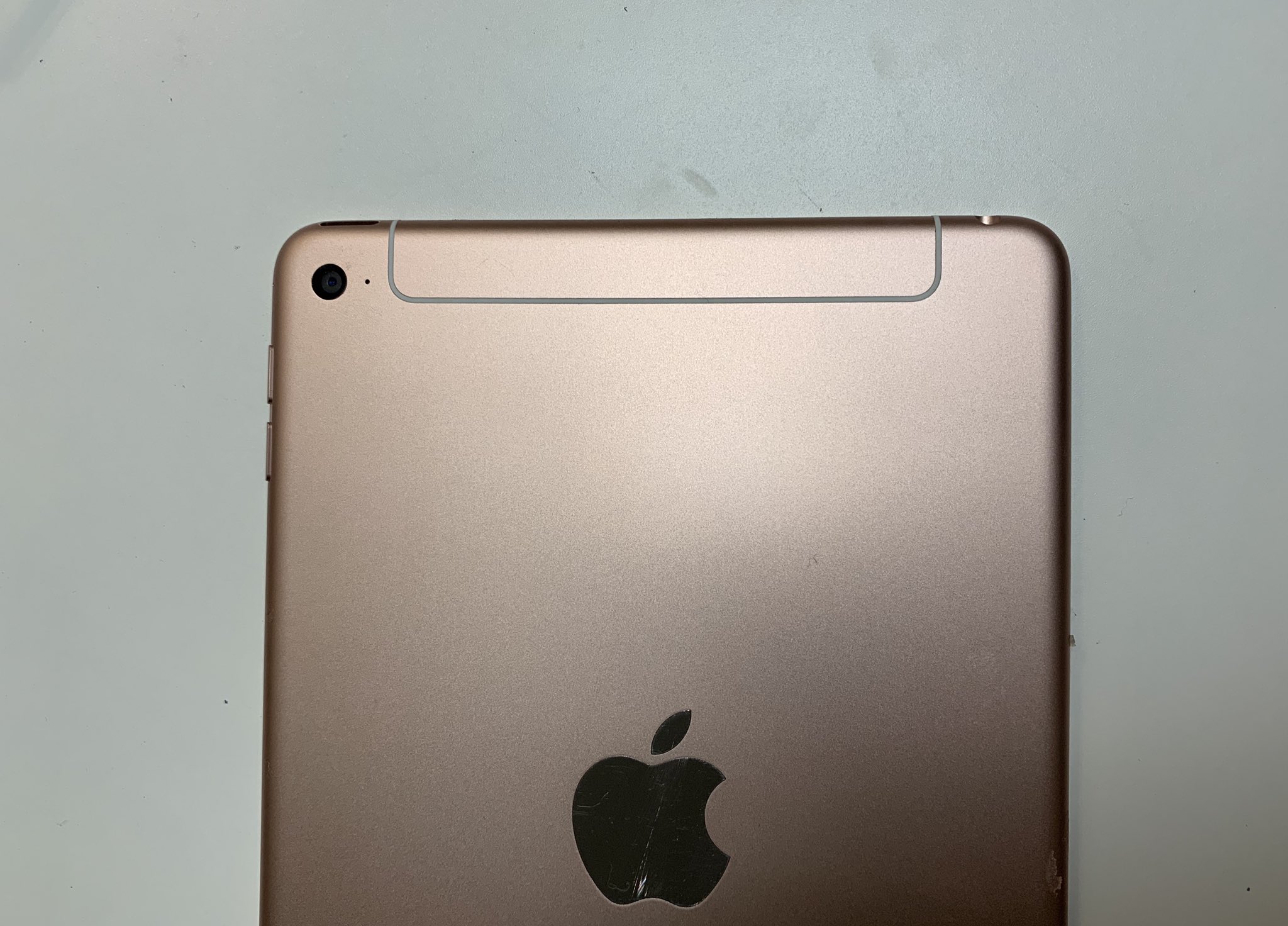
Taiwanese contract manufacturer Compal Electronics is expected to build Apple's fifth-generation iPad mini tablet that should arrive "later in 2019".

Apple will reportedly give its mainstream sixth-generation iPad, which costs just $329, a bit bigger screen going from 9.7 inches to ten inches. And to cover as wide a price range as possible, the Cupertino firm will release a cheaper iPad mini model, sources claim.
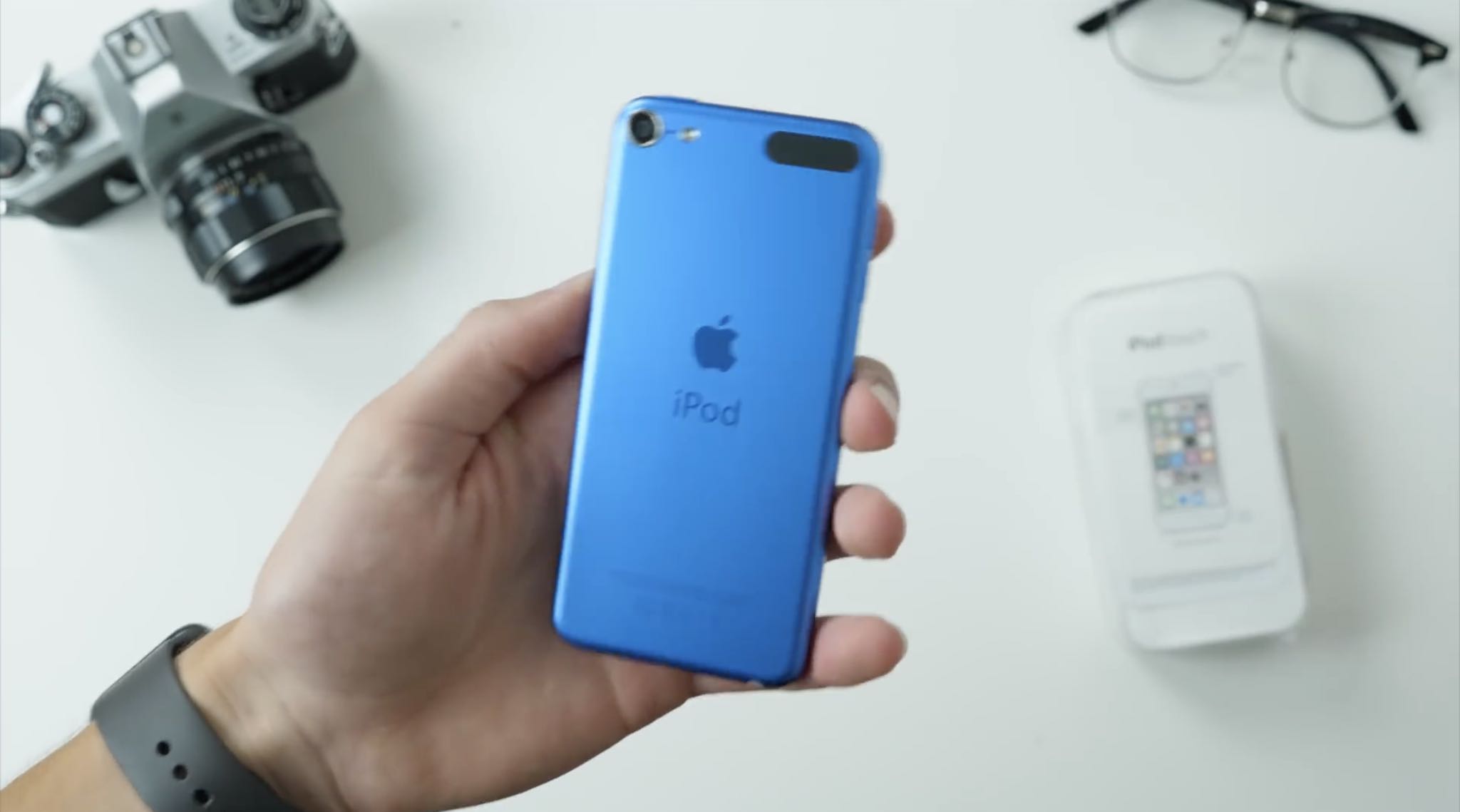
A recent report out of Japan alleged that a seventh-generation iPod touch is in the works, and now it's been hinted that the device may have no Touch ID nor Face ID. Additionally, evidence has surfaced that new iPad models are being worked on, too, also without Face ID.
iOS developer Steve Troughton-Smith has unearthed references to four new iPads from the iOS 12.2 beta, which released for developer testing last week.
"In theory, iOS 12.2 references four new iPads in Wi-Fi and cellular variants, all without Face ID, and an iPod touch with no Touch ID nor Face ID," he wrote on Twitter.
It's interesting that the current sixth-generation iPod touch uses the identifier "iPod6,1" but the upcoming model carries the identification string "iPod7,1".
"I've always figured it means they worked on a generation and decided not to ship it, so they skipped," Steve speculated (I think it signifies a next-generation design).
https://www.youtube.com/watch?v=ZefYz-0l8ik
These new iPad and iPod touch models had been registered with the Eurasian Economic Commission. As first spotted but MySmartPrice, the Eurasian filing lists tablet computers running iOS 12 with the following model numbers:
A2123 A2124 A2126 A2153 A2154 A2133 A2152This database has reveled unreleased Apple devices in the past.
iDownloadBlog's own Harris Craycraft has taken it upon himself to revisit the sixth-generation iPod touch to see if this under-appreciated App Store machine is still worth it in 2019.
https://www.youtube.com/watch?v=sjMby_ZBNVI Subscribe to iDownloadBlog on YouTubeAs for the newly referenced iPads without Face ID, these could be fifth-generation iPad mini models and a refresh of the $329 9.7-inch iPad, in Wi-Fi-only and Wi-Fi + Cellular editions.
We saw leaks of some iPad mini 5 parts in the past few months so we fully expect these new mini tablets to arrive in time for the spring. The low-cost iPad, according to one report, could have a bit larger screen at ten inches diagonally.
A claimed iPad mini chassis in Rose GoldOther new features discovered in the iOS 12.2 beta include Apple News expansion to Canada, HomeKit TV support and a new magazine-subscription service (Apple may even be working on a Netflix-like subscription service for games).
Smaller changes in the iOS 12.2 beta that we managed to spot include a new Add Money button for Apple Pay Cash in the Wallet app, redesigned AirPlay icons, an overhauled Apple TV Remote widget in Control Center which now takes up the entire screen and more.
Could this be a fifth-generation iPad mini?How cool would a next-generation iPod touch be, do you think?
Would you rather be interested in the next iPad mini?
Chime in with your thoughts in the comments down below.

A pair of photos published Tuesday appear to depict an unreleased iPad mini model in Rose Gold that seems to have a redesigned cellular antenna and no camera flash on the back.
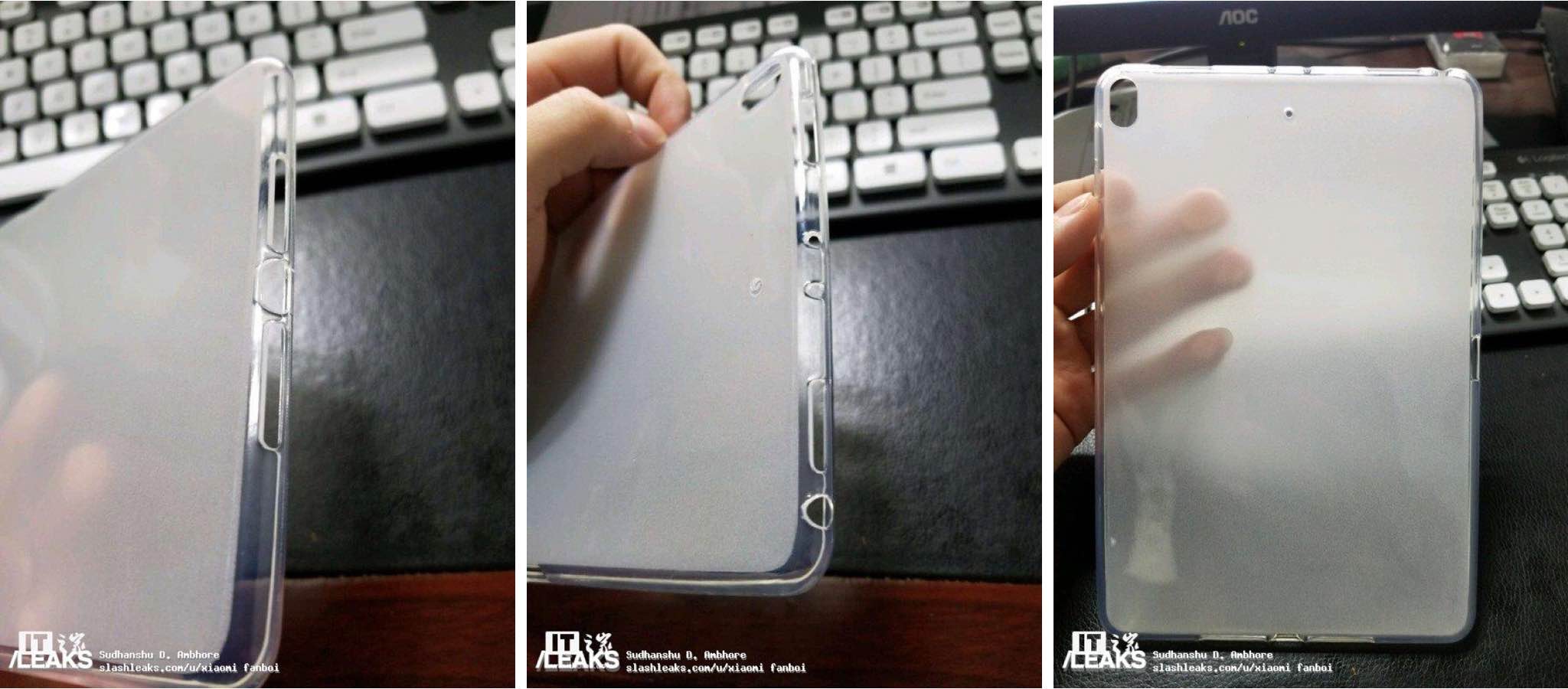
A third-party semi-transparent case that appears to have been designed for Apple's unreleased fifth-generation iPad mini was posted earlier today by leak aggregator SlashLeaks, showing a pill-shaped vertical cutout on the rear side instead of the regular circular cutout.

Apple could release a fifth-generation iPad mini alongside a refreshed $329 entry-level iPad with a bigger ten-inch display at some point during the first half of 2019, rumor has it.
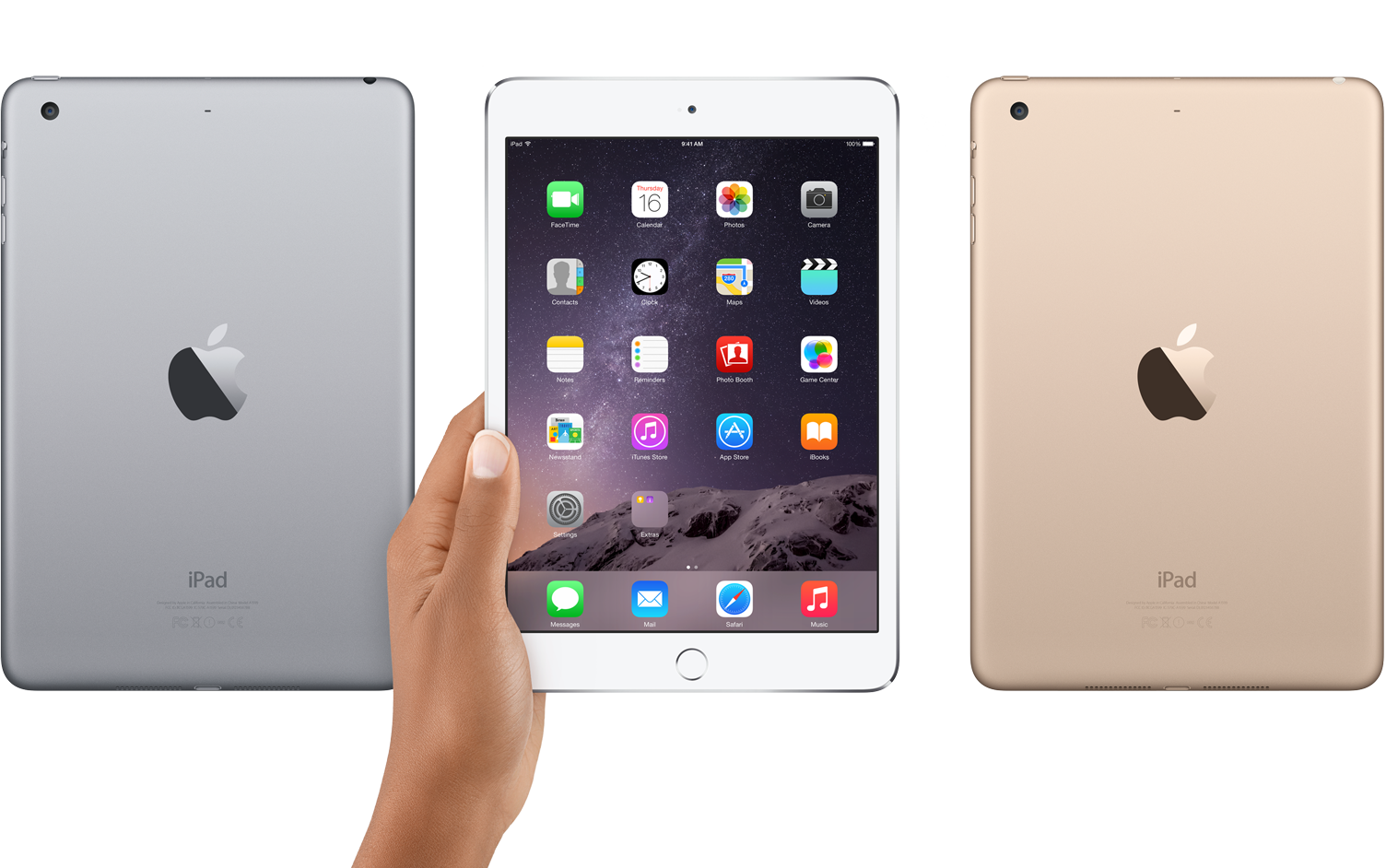
Now, things are getting interesting. For months, the rumor mill has suggested Apple’s prepping two new iPad Pro models for this year. Today, Oct. 23, respected analyst Ming-Chi Kuo said the first new iPad mini in three years could also be announced soon.

Bloomberg recently spent a great deal of time in a post rehashing what many of us already know about Apple's upcoming iPhone lineup. It also included a tiny paragraph that could best be read as the iPad mini's obituary.

Programmer and iOS expert axi0mX has just announced that he is posting the decryption keys for all S5L8942 devices on the iPhone Wiki today. The availability of keys will allow all sorts of fun hackery for devices which sport the processor in question.
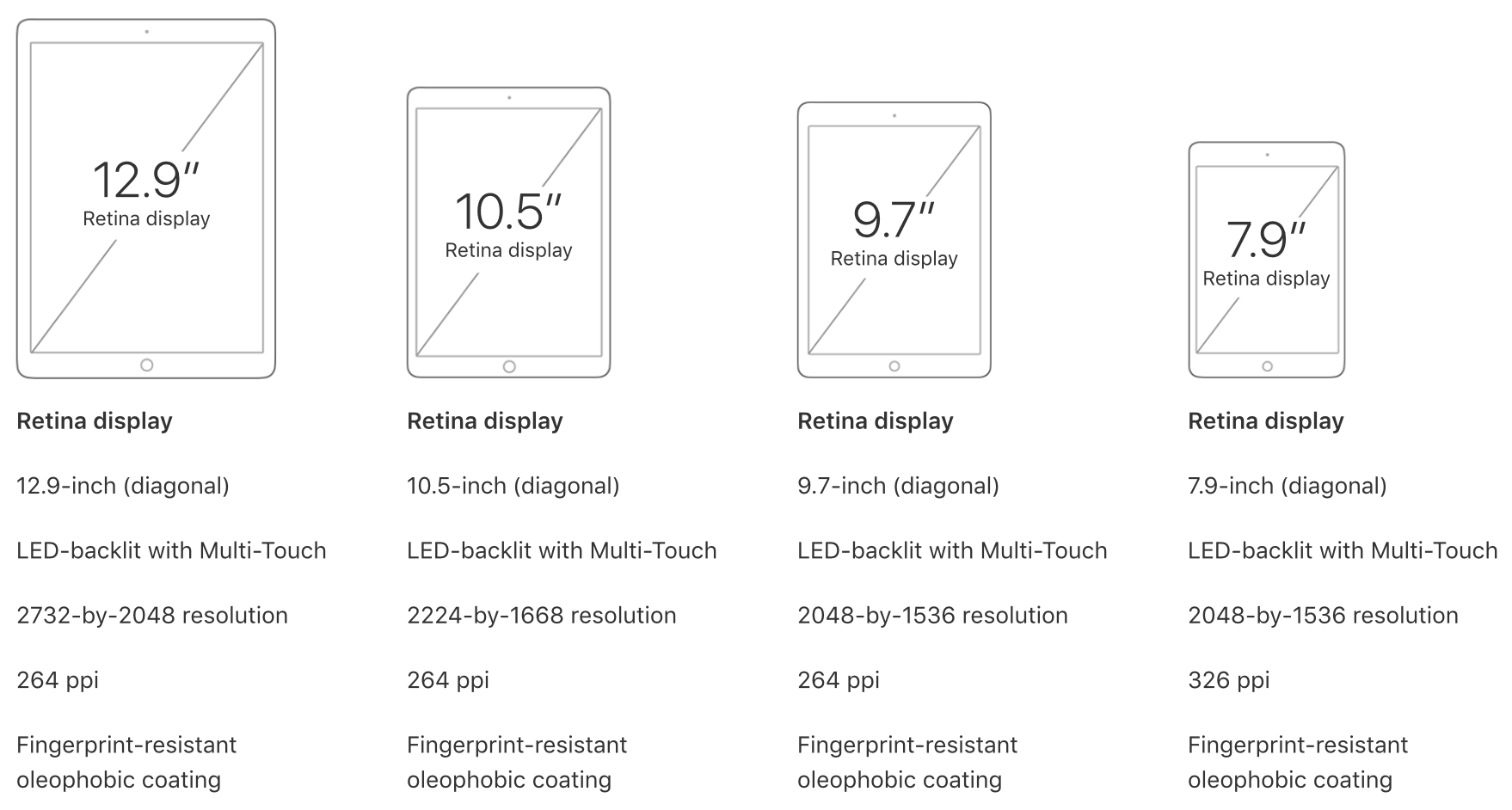
Rome was famously not built in a day. And we know now that at Apple, the iPad line-up was not intuitively streamlined until WWDC 2017. Factoring out the formative years of iPad shortly after its birth in 2010, too many incremental releases (e.g. iPad 3 to iPad 4 in the same year of 2012, also iPad Mini) and too much tinkering with suffixes in the name (Air, Pro, Mini, blank) had diluted and complicated the iPad brand, so much so that large numbers of customers must have struggled to stay on top of what’s the latest tablet product on Apple’s shelves.
By the same token, even if some customers were in the know about what the factual successor to their beloved iPad Air 2 is, most would understandably be hard pressed to remember which of Apple’s iPads is the most or least powerful in the mix, or how they all compare to each other in terms of pricing. That is of course besides all the other important product specifications (camera, Apple Pencil compatibility, etc.) every informed customer should be able to easily grasp for each iPad available, before ultimately pouncing for the most suitable choice. And regrettably up until mid 2017, Apple has not made any of that easy for us.
I would in fact go further and lament that it's been a sticky mess, lacking direction and - more reprehensibly - common sense.
Inconsistencies left right and centerI’m not going to bore you for long with the most questionable decisions of the past, such as the counterintuitive marketing language used between the ‘new iPad’ (iPad 3), the 'iPad with Retina Display' (iPad 4) and the subsequent iPad Air, or instances where iPad Minis eclipsed their bigger brothers in specs or numbers.
However what these examples do underscore is that the most recent case of Apple not being able to draw clear, differentiating lines between their different iPad categories is on no account unprecedented. Just consider this: not long ago, in March to be exact, Apple released their ‘new’ 9.7-inch iPad (no suffix) to a market until then sporting the 9.7-inch iPad Air 2 and the 9.7” iPad Pro. With that, prospects were asked to make sense of three (to the naked eye) identically looking iPads, all of which had a unique marketing slant and story to tell.
Add the iPad Mini 4 and the super sized 12.9” iPad Pro to the equation and it’s easy to see how Apple could have really dropped the ball at WWDC ’17 by adding insult to injury and introducing yet another brand new iPad, the smashing 10.5” iPad Pro. Thankfully, they did just about the opposite.
When all of a sudden everything stacks upInstead of presenting a historically inflated iPad line up, the 10.5-inch reveal was preceded by some serious purging actions behind the scenes. The result is beautiful, not just because the 9.7” ambiguity has been completely eliminated.
What’s more striking is that customers are now dealing with three iPad classes (Pro, Normal, Mini) and accordingly unique size offers for all three, unique prices for all three and even uniquely capable chips for all three. All criteria is arranged in an entirely intuitive order, namely descending from bigger to smaller, from more expensive to cheaper, from more powerful to more economic, in short: from Pro to Mini. It’s like Apple themselves got tired of the fuzzy product lines and decided to do a full one-eighty.
What you see is what you get now, meaning even the less techy customer is going to be able to remember that the big Pro iPads rock the most powerful chips (A10X) followed by the medium sized normal iPad (A9), which in turn has the lead over the physically smallest iPad Mini (A8). Gone are the days of an awkward A9X chip in the dead on arrival 9.7” iPad Pro, or other illogical decisions such as equipping one iPad Pro with a 12MP rear camera while the big brother has a sucky eight.
Today, the meaningful specs such as the chip or camera are aligned in descending order at 12 MP for all Pro iPads and 8 MP for the mid tier choice plus lower tier iPad Mini. It’s just disarmingly straightforward. Want the most storage? You’ll have to shoot for the physically biggest Pro category to get up to 512GB of storage. Want to try the least powerful iPad to test the water first? Grab the physically smallest iPad. Which iPads are Apple Pencil compatible? Only the ones bigger than the original iPad. Find the 9.7” size to be perfect? Good, you’re done, no need to choose between a 9.7-inch iPad Pro, iPad Air and iPad whatnot.
The logic behind this is painfully commonsensical, which begs the question why it took Apple so long to get there, but I am willing to forgive and forget. Water under the bridge, Apple, what matters is that we finally have clarity.
June 2017 has not only brought us spanking new iPads and a glimpse of an iPad-focussed iOS 11, but also finally clear product differentiation that will be easily replicable for experts and more importantly understandable to the average customer. In that vein, WWDC 17 could have been a watershed moment for the one product line Tim Cook has been so bullish about time and again. So please Apple, do not muck this up come November or at any other point in 2018, it took us long enough to get here.
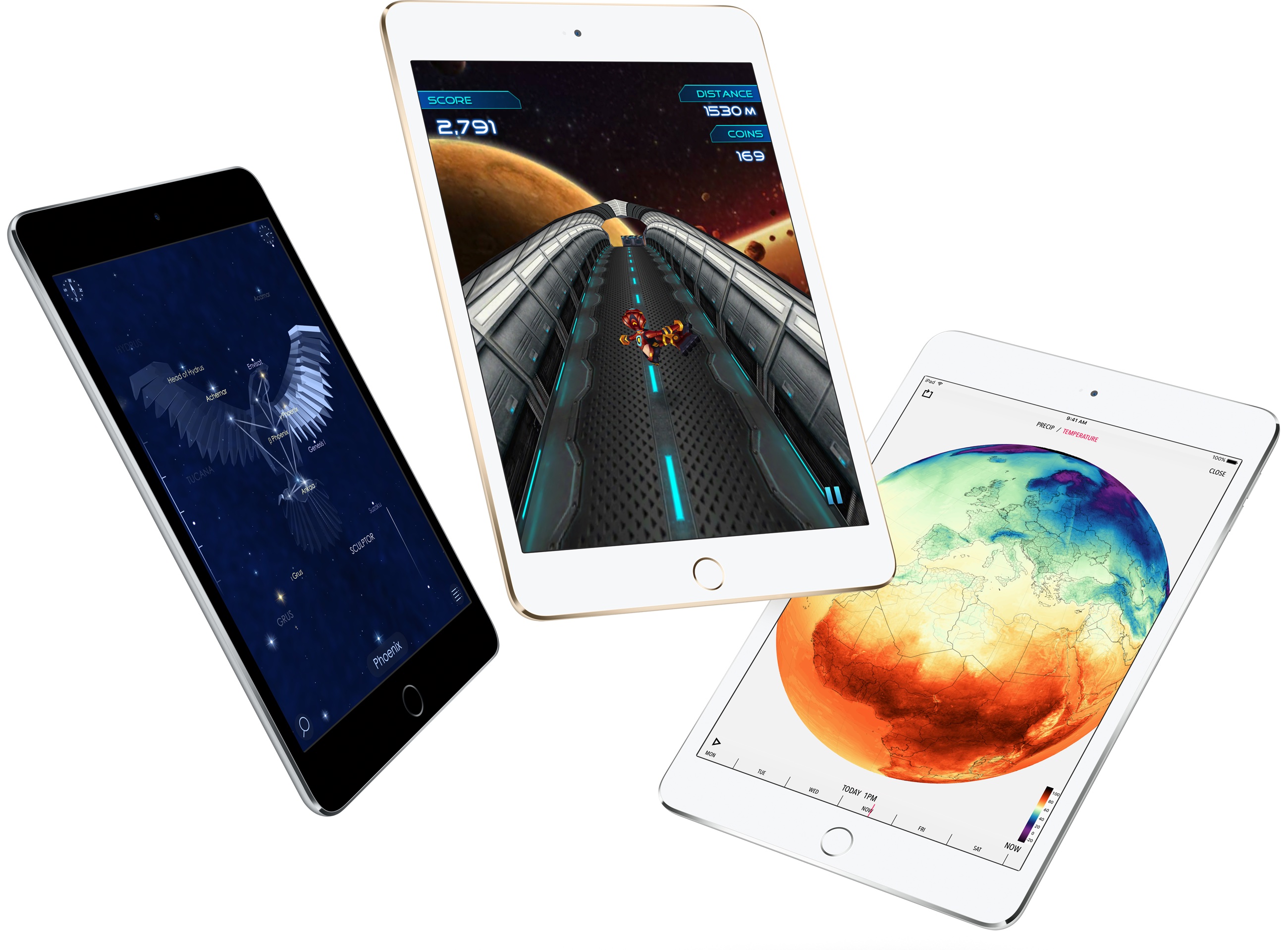
First introduced in 2012, Apple’s 7.9-inch iPad mini won't be updated going forward because the company is phasing out the device due to decreasing sales. A source close to the iPhone maker told BGR there’s “fierce cannibalism of Apple's own products” and that the iPad mini lineup has just been “sized out of its own category.”
The report does not detail when the device might be discontinued.
“We’re also told that the numbers are 'very clear' as far as sales are concerned, which is most likely the biggest reason the company plans to eliminate the littlest iPad,” reads the article.
Following the introduction of the new 9.7-inch iPad model in March 2017, Apple phased out both the original iPad mini and iPad Air 2 models.
Apple could unveil a new 10.5-inch iPad Pro at its annual developers conference next month. It's perfectly plausible that iPad mini won't be featured on Tim Cook's “2017 iPad lineup” slide.
The Cupertino company currently offers iPad mini 4 with Wi-Fi and 128 gigabytes of storage for $399. An LTE-enabled model goes for $529. Apple killed the 32-gigabyte iPad mini 4 edition after debuting the new 9.7-inch iPad model.
Japanese blog Mac Otakara claimed last October that Apple could release a fifth-generation iPad mini and market it as the 7.9-inch “iPad mini Pro.”
At any rate, iPad mini made a great choice for budget shoppers.
But with the September 2014 introduction of larger-screened iPhones, iPad mini has slowly but surely been losing its allure as a device that's perfectly suited for light tasks such as reading, checking email, browsing the web, gaming, messaging and so forth.
Should Apple discontinue iPad mini?
Post a comment below to let us know!